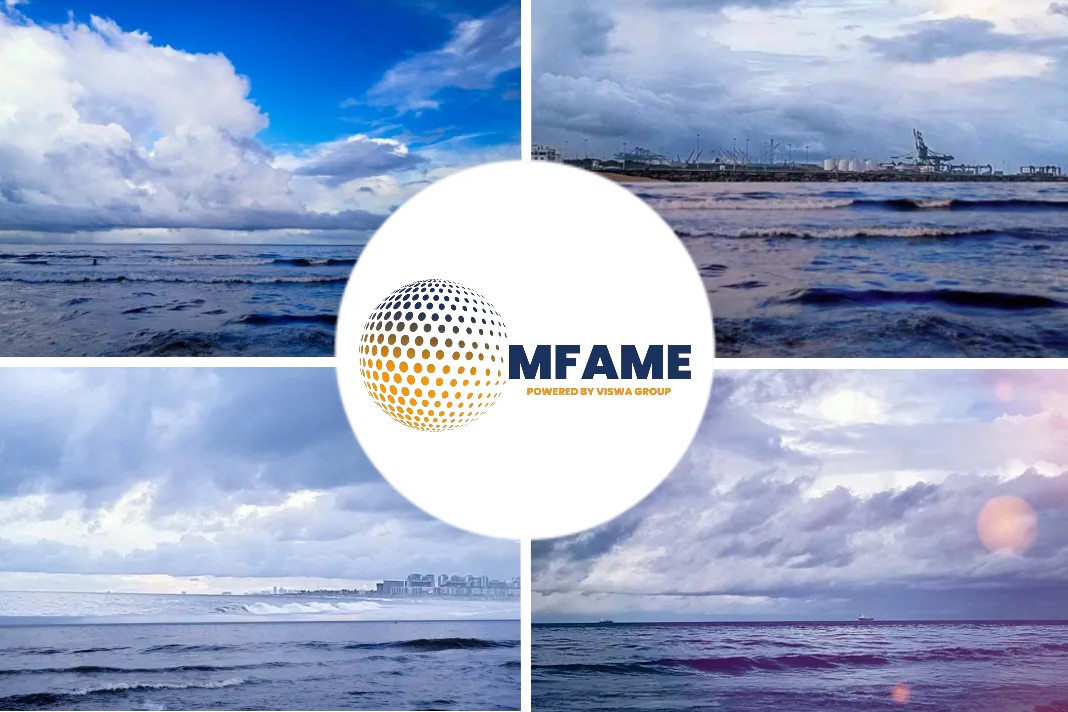- Maersk Tankers draws on vast amounts of data to optimise voyages and fuel consumption.
- The more fuel a ship consumes, the more greenhouse gases it emits – and the higher the cost.
- Maersk Tankers is taking a holistic approach to help shipowners reduce CO2 emissions, tackling the problem from different fronts.
Through the commercial management of more than 220 vessels, Maersk Tankers draws on vast amounts of data to optimise voyages and fuel consumption that helps shipowners reduce emissions, says an article published on their website.
More fuel a ship consumes, the more it emits
The more fuel a ship consumes, the more greenhouse gases it emits – and the higher the cost. By providing insight and energy consulting to shipowners who have placed their vessels in the company’s pools, Maersk Tankers helps them slash emissions and fuel costs.
“In essence, we create a financial incentive to cut emissions,” says Per Navndrup Pedersen, Head of Bunker at Maersk Tankers, who leads the fuel optimisation team.
“We are linking traditional science around vessel performance and hydrodynamics with commercial insight and trade information. Knowing the financial impact of actions initiated by the data enables shipowners to prioritise and allocate resources accordingly.”
Holistic approach to CO2 emissions
Maersk Tankers is taking a holistic approach to help shipowners reduce CO2 emissions, tackling the problem from different fronts. Its fuel optimisation consulting ranges from the design assessment of ships before they join the pool, to close daily contact with technical managers and crews.
The company is also pioneering digital solutions to reduce emissions in shipping, which complement the services offered by Pedersen and his team. These draw on the expertise of a team of data scientists and software developers led by Peter Schroder, Maersk Tankers’ Chief Digital Officer.
The company is currently developing a voyage simulator that uses algorithms to simulate a vessel’s voyage to a specific port. “You could say that we create a ‘ghost ship’ – a data-driven prediction of the fuel consumed on any voyage,” Schroder explains.
The aim is that the new digital solution will be used before a vessel is fixed for its voyage. Using the voyage simulator in combination with vessel-specific data and future market and freight rate predictions, charterers will be able to choose the vessel best suited for a given voyage, driving down the environmental impact of voyages.
Digital twin to slash emissions
Each vessel is different with its own potential for optimisation, based on factors that include its design, age, time since dry-docking and past trade history. “We convert data into tangible actions by building a digital twin of each vessel, which tells us how the vessel would perform at an optimal level,” Pedersen explains.
“By comparing actual performance data with that of the digital twin, we can identify its saving potential and initiate corrective actions for the vessel’s future trade.”
Added to this, the company is using Zero North’s digital solution Optimise throughout its entire managed fleet. Optimise is used when vessels are en route to their destinations to determine their optimal speed and route, thereby helping to cut fuel consumption.
It is not a few partners that have chosen to entrust their vessels to Maersk Tankers’ commercial management and now benefit from its fuel optimisation and digital know-how. The company has more than 220 vessels under commercial management, which allows it to implement solutions across a large fleet, with a far-reaching impact.
How Maersk Tankers uses data to slash emissions?
When a partner entrusts a vessel to Maersk Tankers, the fuel optimisation team assesses vessel performance and continuously advises in taking actions to mitigate any excess fuel consumed.
Before a voyage is fixed, the ambition is that the voyage simulator will enable charterers to choose the vessel best suited for a given voyage.
After a voyage is fixed and when the vessel is en route, Optimise is used to determine the vessel’s optimal speed and route.
Did you subscribe to our daily newsletter?
It’s Free! Click here to Subscribe!
Source: Maersk
















